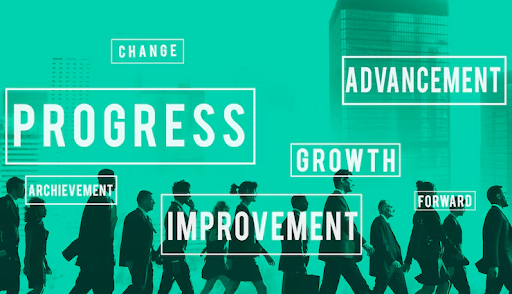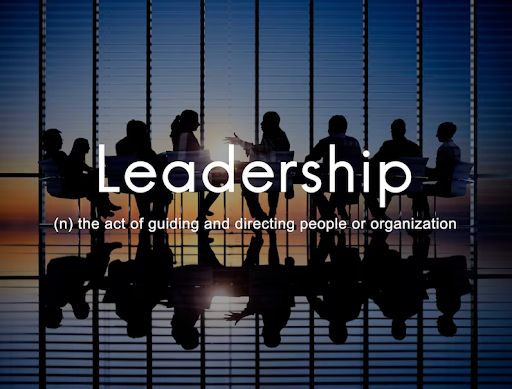In today’s fast-paced and competitive workplace, professionals who want to grow must focus not only on deepening their expertise but also on preparing to lead. Transitioning into senior leadership roles requires a proactive mindset, strategic career planning, and the ability to influence others. Whether you’re a mid-level professional aiming for executive roles or an ambitious expert ready to lead teams, advancing your expertise is the first critical step.
Understand the Leadership Landscape

Senior leadership roles come with a shift in responsibilities—from doing the work to driving vision, strategy, and results through others. To prepare, you must understand what leadership in your industry looks like. Research job descriptions for C-suite and director-level roles, read interviews with thought leaders, and stay updated on trends that affect your field. Knowing what’s expected of leaders helps you tailor your development effectively.
Develop Strategic Thinking Skills

Expertise in your domain is foundational, but to move into leadership, you need to think strategically. This means being able to see the bigger picture, anticipate challenges, and make decisions that align with long-term business goals. Start contributing to cross-functional projects and volunteer for initiatives that expose you to broader business functions. The more you practise thinking beyond your department, the more leadership-ready you become.
Invest in Continuous Learning

The best leaders are lifelong learners. If you want to advance your expertise, stay current with new tools, methodologies, and thought leadership in your field. Consider enrolling in executive education programmes, leadership boot camps, or online certifications in areas like business strategy, emotional intelligence, or change management. Learning new frameworks and leadership models not only boosts your credibility but also expands your problem-solving toolkit.
Cultivate Leadership Presence

Leadership presence isn’t about a title—it’s about how you carry yourself, communicate, and influence others. Start by improving your public speaking, active listening, and conflict resolution skills. Seek feedback regularly and work on building emotional intelligence. People gravitate toward leaders who are confident, composed, and empathetic. The earlier you develop these traits, the smoother your transition into leadership will be.
Build a Strong Professional Network

Senior roles are often filled through connections and recommendations. Building a strong, diverse network can open doors to new opportunities and provide mentorship. Attend industry conferences, join professional associations, and connect with leaders on platforms like LinkedIn. Don’t be afraid to ask for informational interviews or guidance—many leaders are happy to help those who show initiative and purpose.
Showcase Your Leadership Potential

Seek Out Stretch Assignments

One of the most effective ways to prepare for leadership is by stepping out of your comfort zone. Volunteer for high-impact projects, lead cross-functional teams, or take on temporary leadership roles during transitions. These “stretch assignments” test your skills, increase visibility, and position you as a proactive, capable leader.
One of the most effective ways to prepare for leadership is by stepping out of your comfort zone. Volunteer for high-impact projects, lead cross-functional teams, or take on temporary leadership roles during transitions. These “stretch assignments” test your skills, increase visibility, and position you as a proactive, capable leader.
Final Thoughts
Advancing your expertise and stepping into senior leadership is not a one-time event—it’s an ongoing journey of growth, self-awareness, and action. By developing the right mindset, continuously learning, and positioning yourself as a strategic asset, you’ll be ready to lead when the opportunity arises. Leadership isn’t reserved for the few—it’s built by those who prepare.


